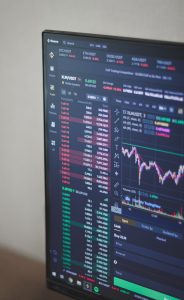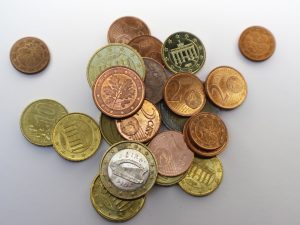Forex trading is a popular form of investment that involves the buying and selling of currencies. It is a highly profitable venture, but it requires skill and knowledge to be successful. One of the tools that traders use to analyze the forex market is the Ichimoku indicator. The Ichimoku indicator is a technical analysis tool that helps traders identify trends, support and resistance levels, and entry and exit points. In this article, we will explore how to trade forex with Ichimoku, part I.
Understanding the Ichimoku Indicator
The Ichimoku indicator was developed by Goichi Hosoda, a Japanese journalist, in the late 1930s. The indicator is a complex system that consists of five lines, each of which provides different information about the market. The five lines are:
1. Tenkan-sen – This is the conversion line, and it is calculated by adding the highest high and the lowest low of the last nine periods and dividing the result by two.
2. Kijun-sen – This is the base line, and it is calculated by adding the highest high and the lowest low of the last 26 periods and dividing the result by two.
3. Senkou Span A – This is the first leading span, and it is calculated by adding the Tenkan-sen and the Kijun-sen and dividing the result by two. The result is plotted 26 periods ahead.
4. Senkou Span B – This is the second leading span, and it is calculated by adding the highest high and the lowest low of the last 52 periods and dividing the result by two. The result is plotted 26 periods ahead.
5. Chikou Span – This is the lagging span, and it is the closing price of the current period plotted 26 periods behind.
Trading with the Ichimoku Indicator
The Ichimoku indicator is a versatile tool that traders can use to identify trends, support and resistance levels, and entry and exit points. Below are some of the ways traders can use the Ichimoku indicator to trade forex.
1. Identifying Trends
One of the primary uses of the Ichimoku indicator is to identify trends. Traders can use the Tenkan-sen and the Kijun-sen lines to identify the direction of the trend. When the Tenkan-sen line is above the Kijun-sen line, it indicates a bullish trend, and when the Tenkan-sen line is below the Kijun-sen line, it indicates a bearish trend.
2. Identifying Support and Resistance Levels
Traders can also use the Ichimoku indicator to identify support and resistance levels. The Senkou Span A and the Senkou Span B lines form a cloud that traders can use to identify potential support and resistance levels. When the price is above the cloud, it indicates a bullish market, and when the price is below the cloud, it indicates a bearish market.
3. Identifying Entry and Exit Points
Traders can also use the Ichimoku indicator to identify entry and exit points. The Chikou Span line can be used to identify potential entry and exit points. When the Chikou Span line is above the price, it indicates a bullish market, and when the Chikou Span line is below the price, it indicates a bearish market. Traders can use this information to enter or exit a trade.
Conclusion
The Ichimoku indicator is a powerful tool that traders can use to analyze the forex market. It provides valuable information about the direction of the trend, support and resistance levels, and entry and exit points. Traders can use the Ichimoku indicator in conjunction with other technical analysis tools to make informed trading decisions. In part II of this article, we will explore more ways traders can use the Ichimoku indicator to trade forex.





